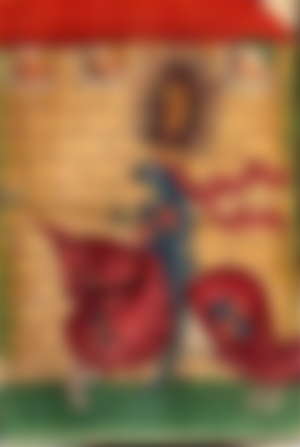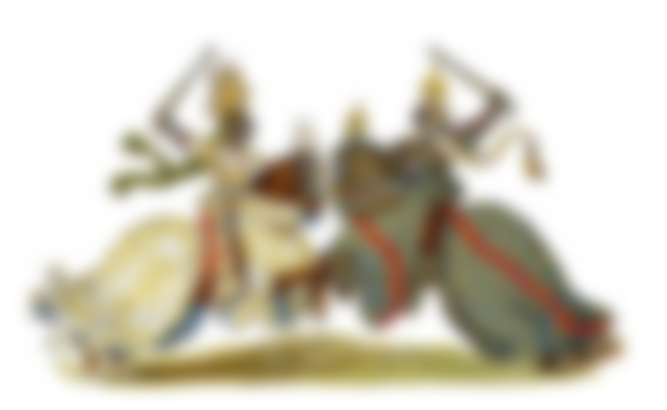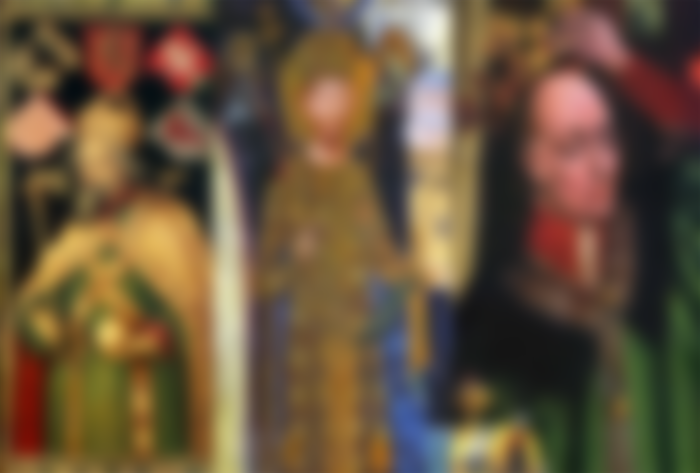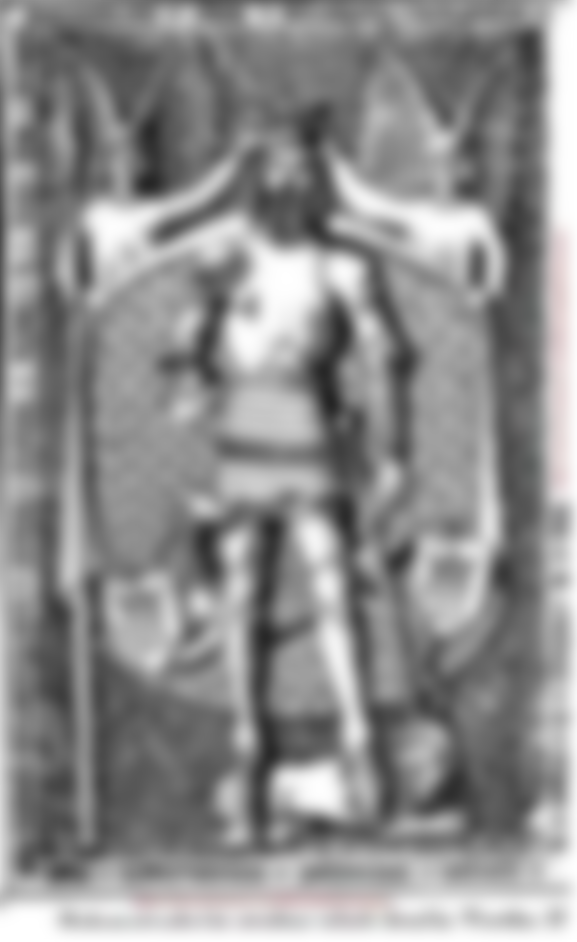The fact that in the history of the situation they were not solved only by wars is proved by the event known as the "Knights' Tournament in Buda in 1412."
Due to their interesting character and unusualness, the great knightly ceremonies held in Buda from May 22 to June 13 stand out. 1412.
This event, held in honor of the peace made between Sigismund of Luxembourg and King Vladislav I Jagelović of Poland, is an excellent example of the luxury and extravagance of the chivalrous-court culture of the developed Middle Ages.

The best knight should have a horse shod with golden horseshoes and the best shield bearer shod with silver.
All the planned, knightly-tournament ceremonies were held in the town of Buda or on the nearby Danube island of Čepelj (Hungarian: Csepelsziget). The island is located south of Budapest and forks the Danube on two long branches.



The games were preceded by celebrations and a seven-day hunt. It was not until June 3 that the great knights' games were held at the Buda court, in which the knights competed for two days, from morning to night, in various competitions.
The festivities were extended by 8 days more than planned, and the award went to a knight from Silesia called Nemsche who received a horse covered in a lavish cloak and shod with golden horseshoes, while the best squire was an Austrian who received a horse shod with silver horseshoes.

This was a very lavish and large gathering of rulers and nobility in which as many as 17 languages were spoken.
The tournament was attended by 3 kings, 1 despot, 13 dukes, 21 counts, 26 nobles (not counting the Hungarians), and 1 cardinal, 3 archbishops, 11 bishops, 2000 knights and 3000 pages, 86 players and musicians.
It should not be forgotten that they all came with their entourage, so there were many musicians, trumpeters and various servants, who arrived as an escort of powerful feudal lords.
Among the nobles present were knights from all over Europe: Russia, Lithuania, Poland, the Czech Republic, Prussia, Germany, Austria, Hungary, Wallachia, Moldova, Serbia, Croatia, Bosnia, Turkey, Tatar countries, Greece, Epirus (Albania), Italy, France and England.

There they found themselves; In addition to King Sigismund I, King Vladislav, also Bosnian King Tvrtko, Palatine Nikola Gorjanski, Krbava Prince Kurjakovic, Slavonian Ban Herman Celjski, Macva Ban Ivan Morovic, Zagreb Bishop Eberhard of Albena, Duke of Split Hrvoje Vukcic Hrvatinic who was a member of the Order of Dragon Knights, Duke Sandalj Hranić Kosača, I dr.
An interesting fact is about the Serbian despot Stefan Lazarević, who was a knight of the "Order of the Dragon Knights"; It was recorded that he was handsome on that occasion and that he shone "like the moon next to the stars", and also that his retinue had 1,000 horses.
A careful Polish chronicler, he noted, that European nobles came to Buda with 40,000 horses.

There were Tatars (representatives of the Golden Horde), a noble delegation of the Turkish pretender to the position of Sultan Mehmed, representatives of the knights of the Guardians of the Holy Sepulcher and the Teutons, etc.
The political friendship of Sigismund and Vladislav resulted in mutual respect and a rich gift in which Vladislav received the insignia of the Kingdom of Poland (crown, scepter, golden apple and sword) and bones and relics of various saints in silver and gold swords.






